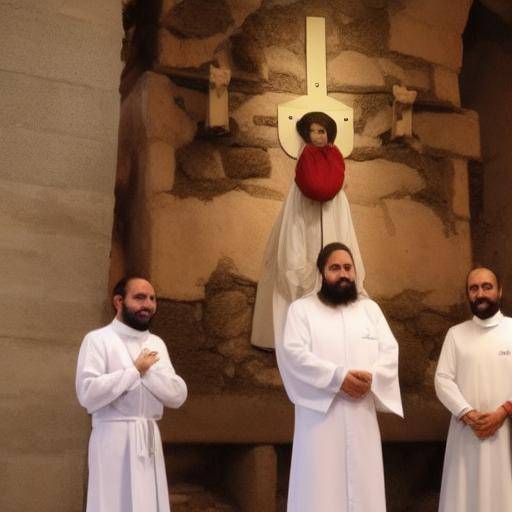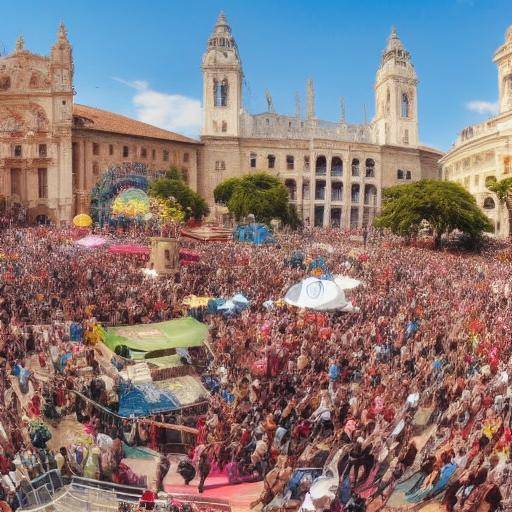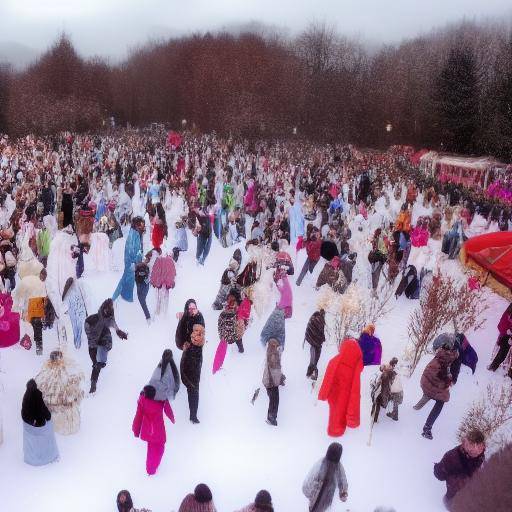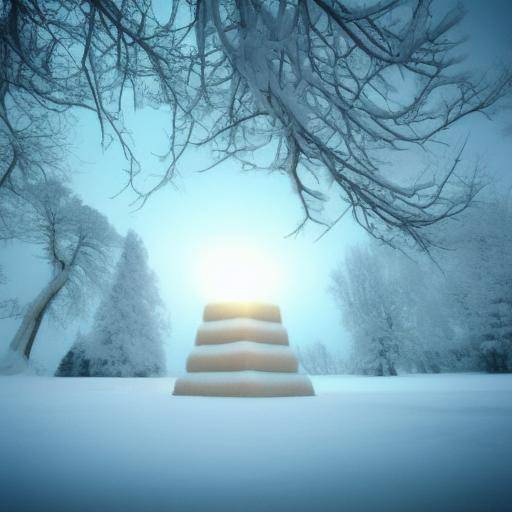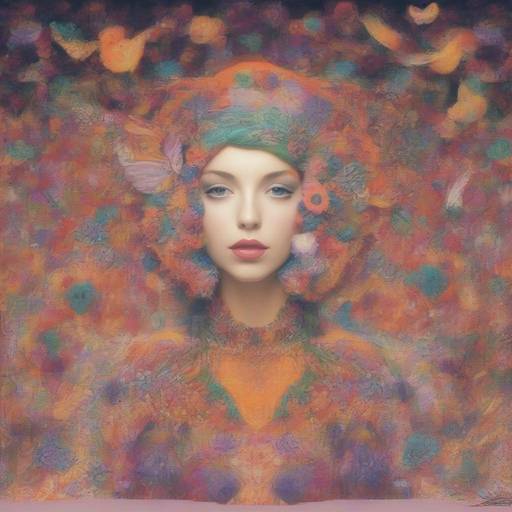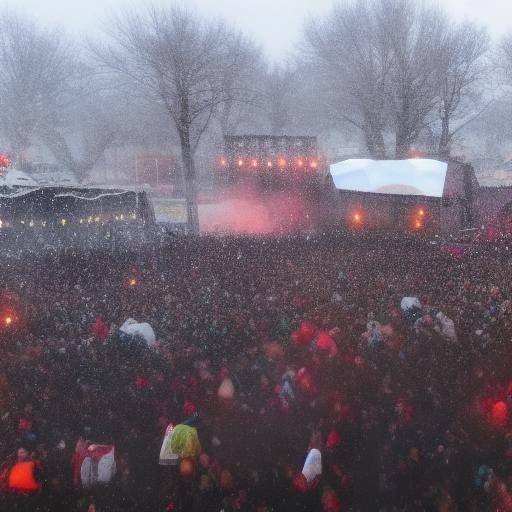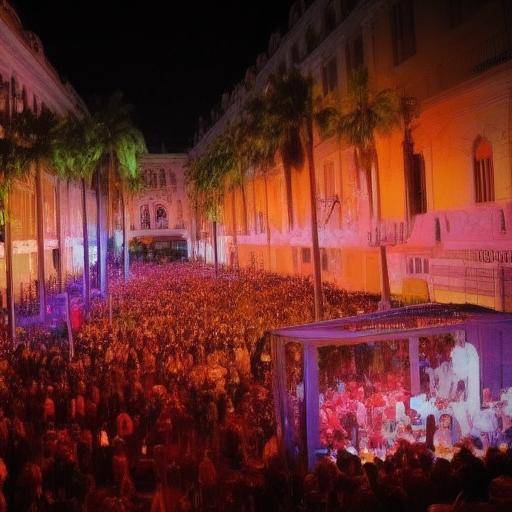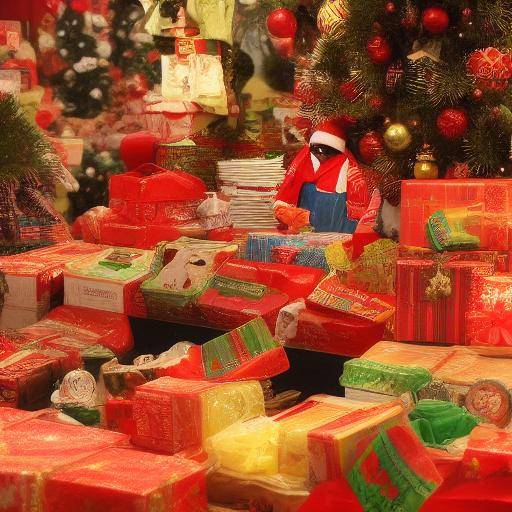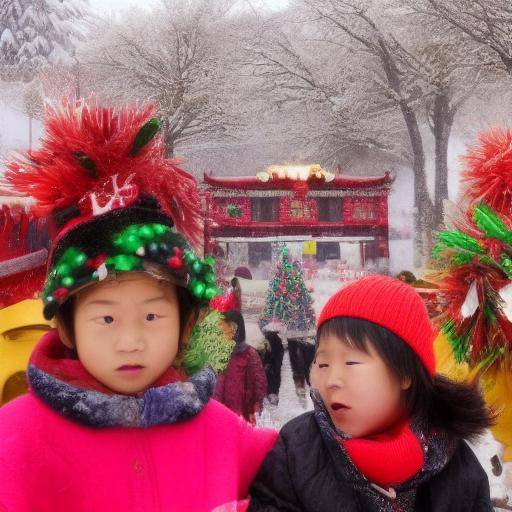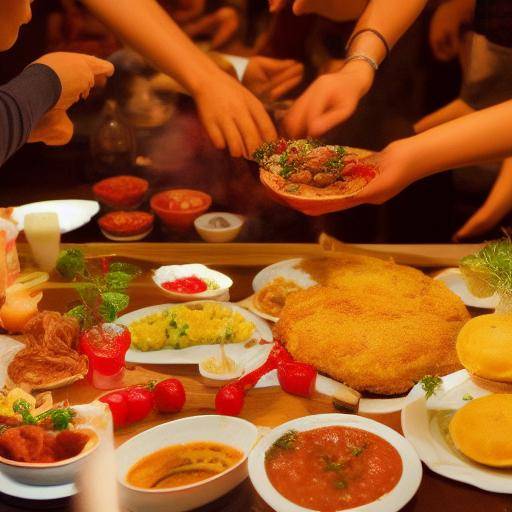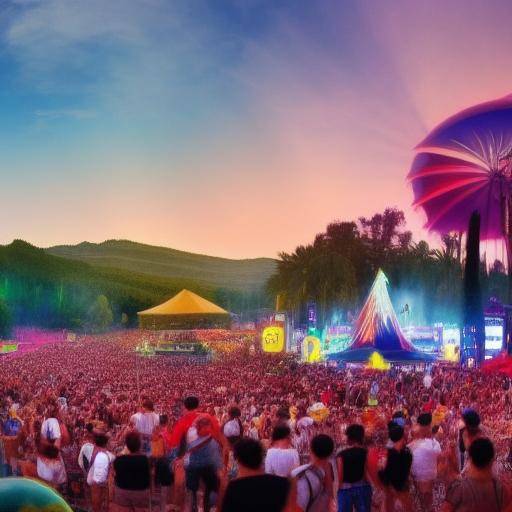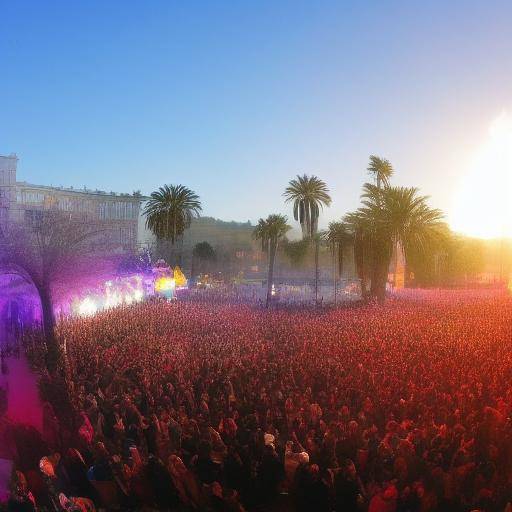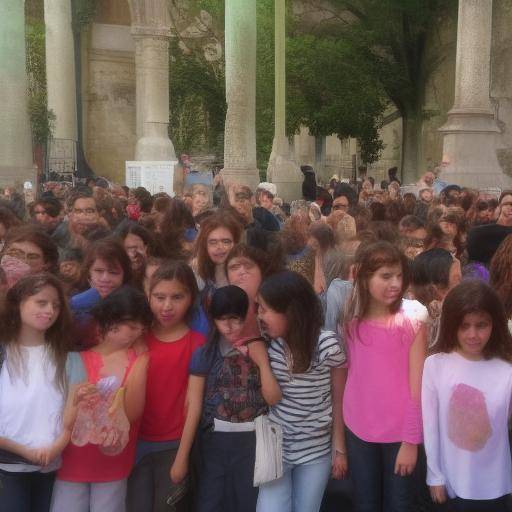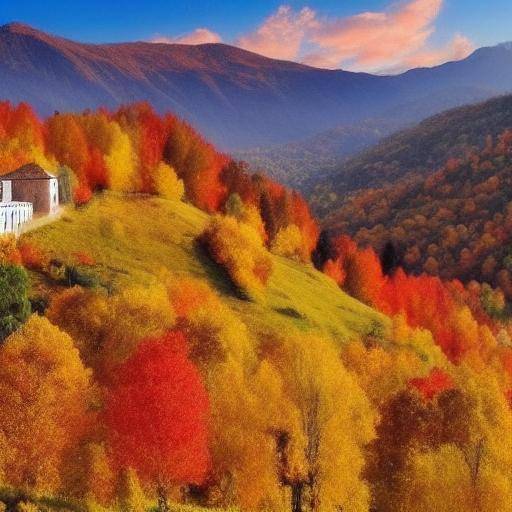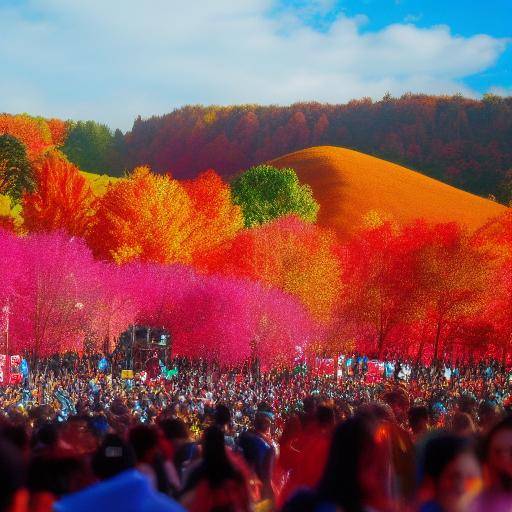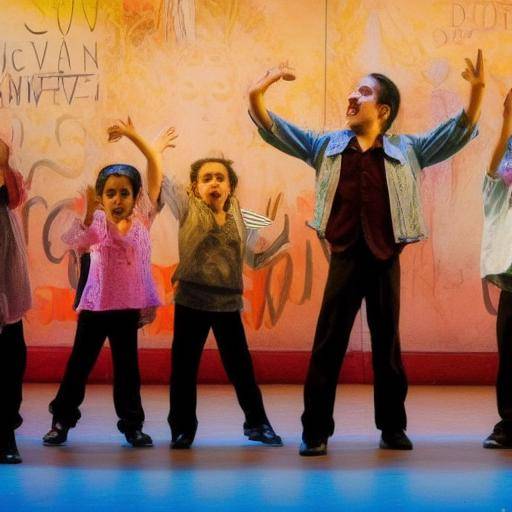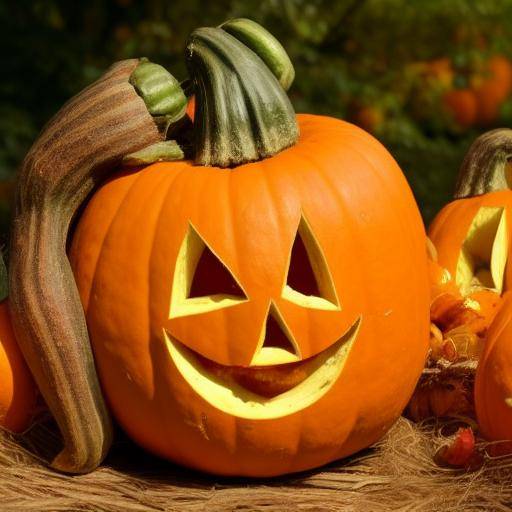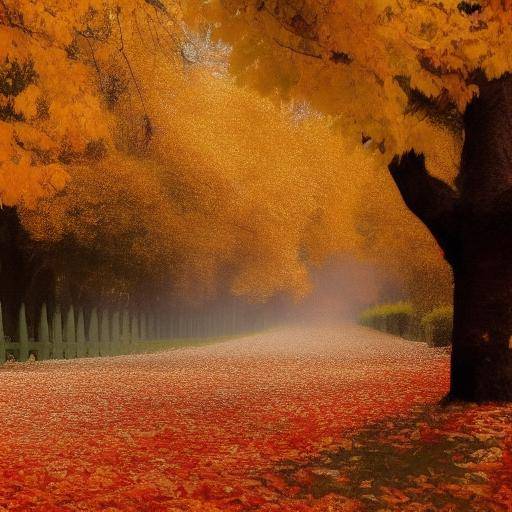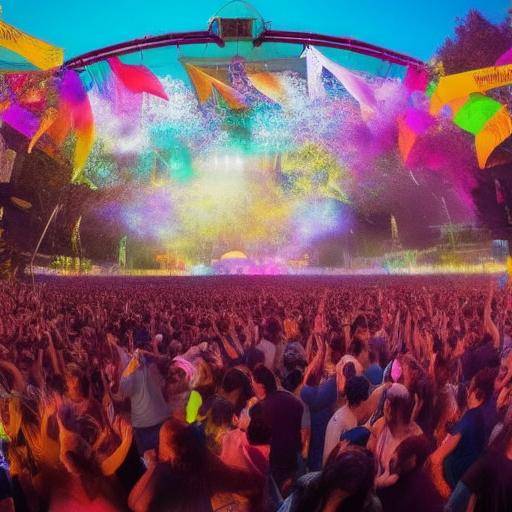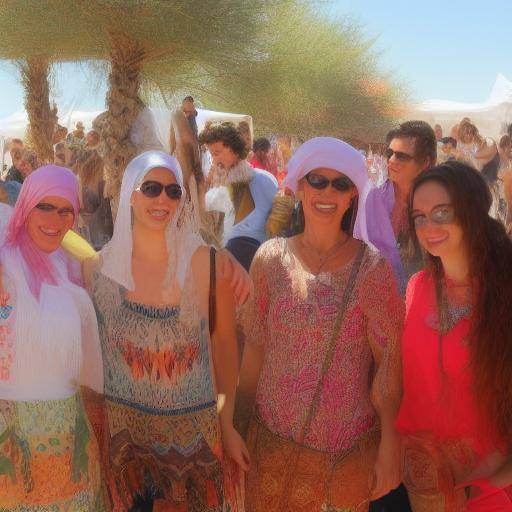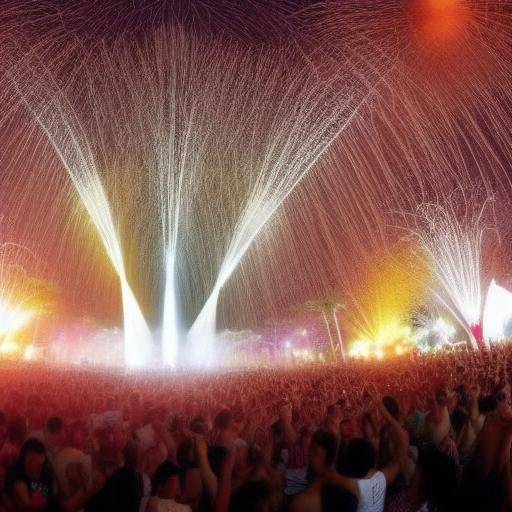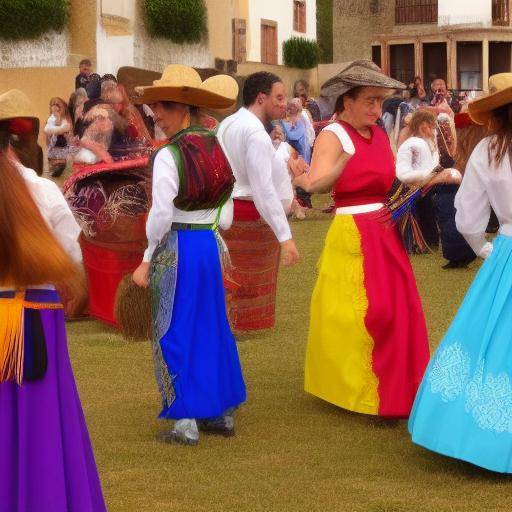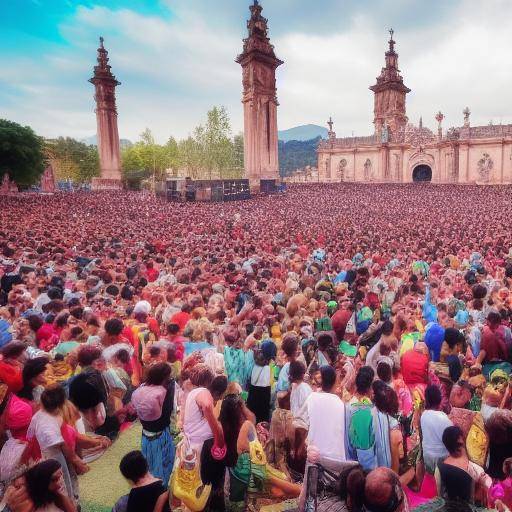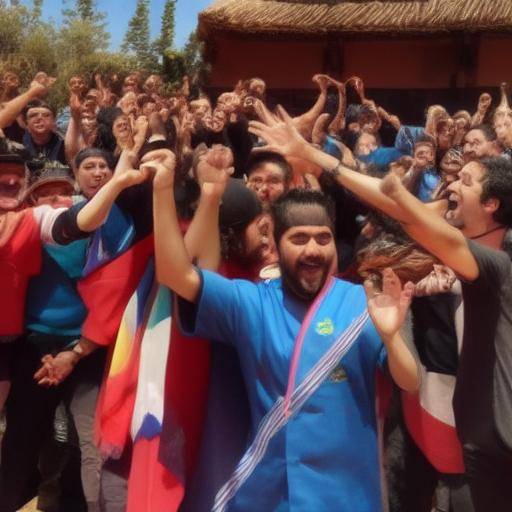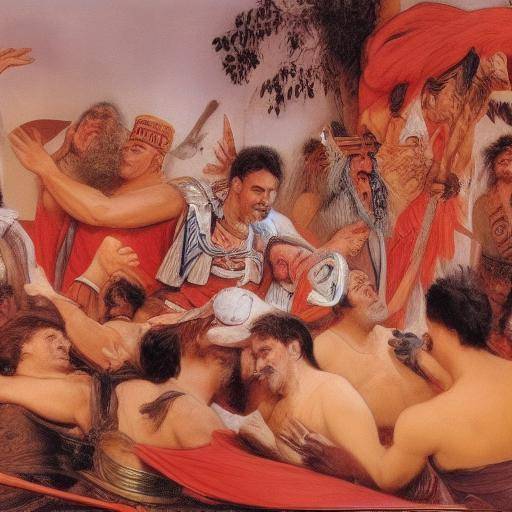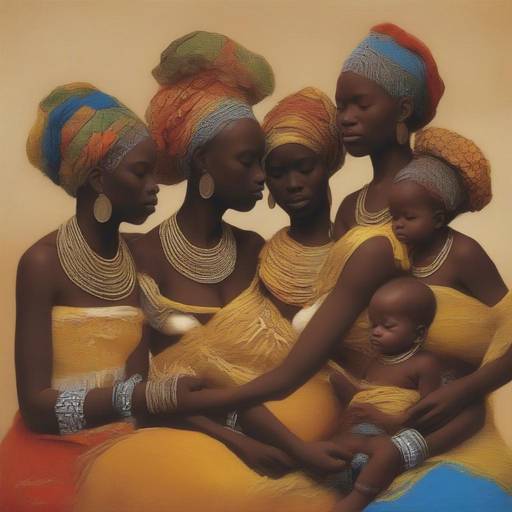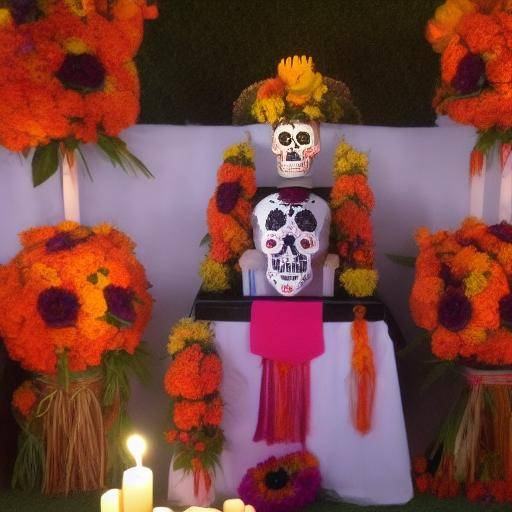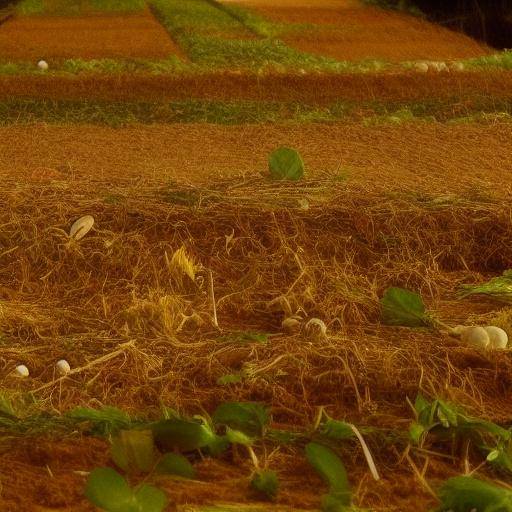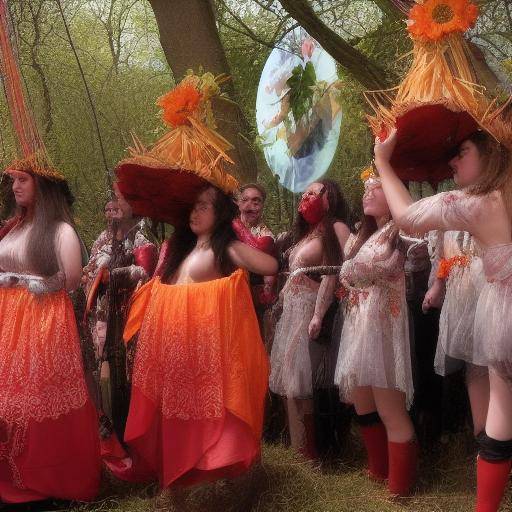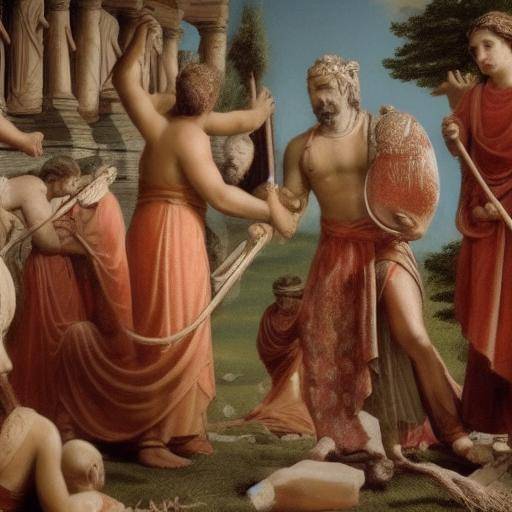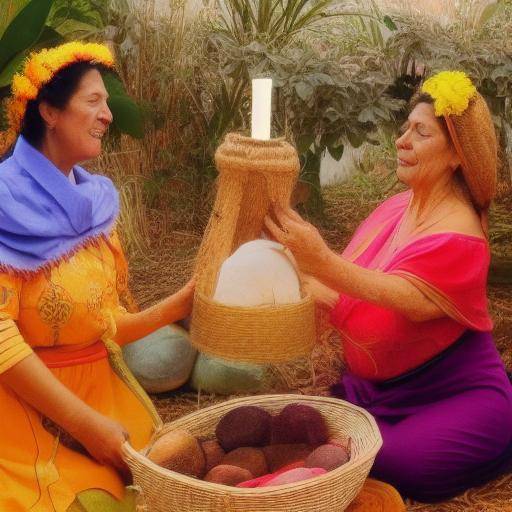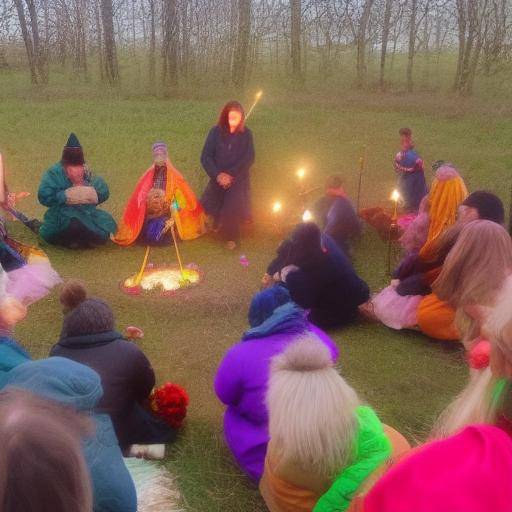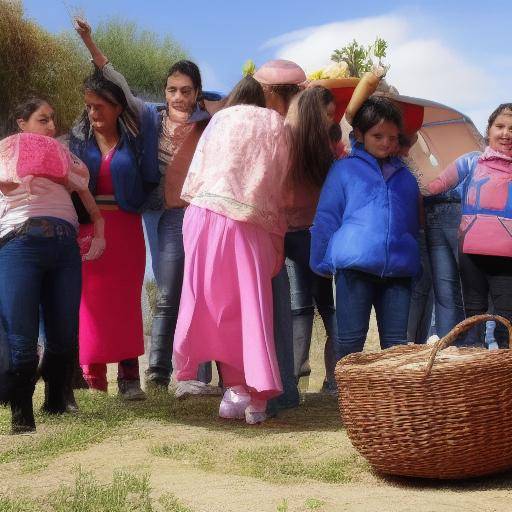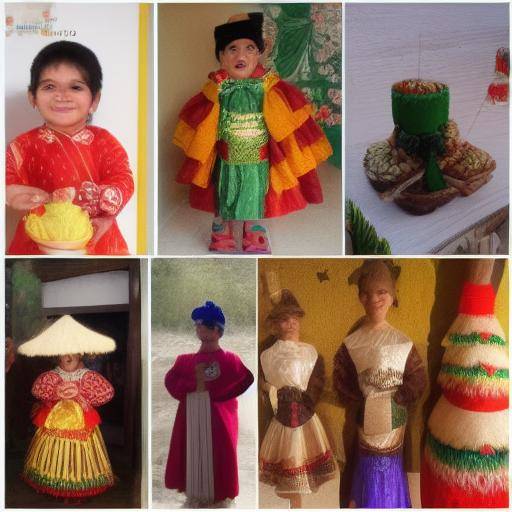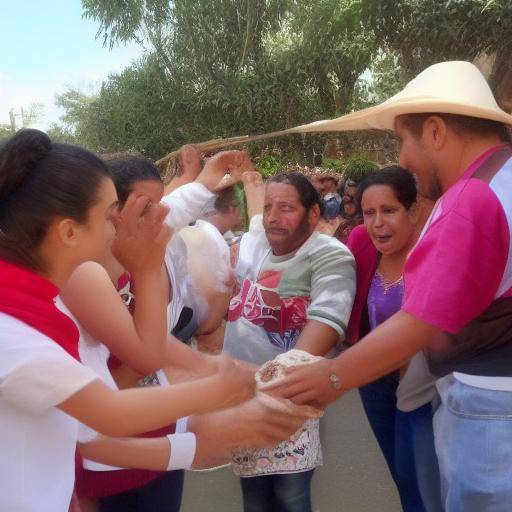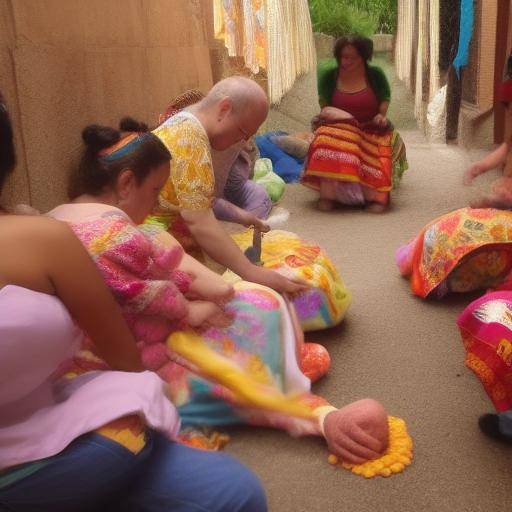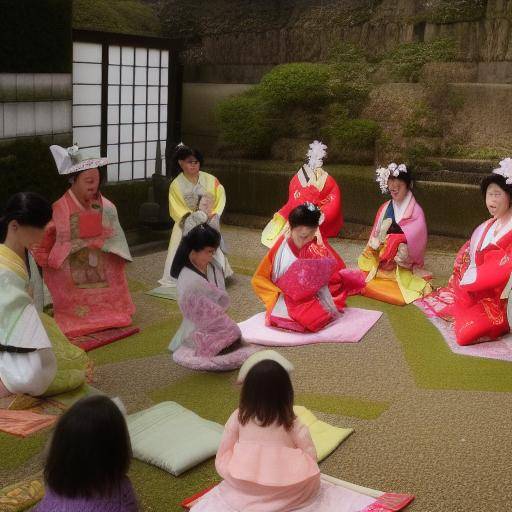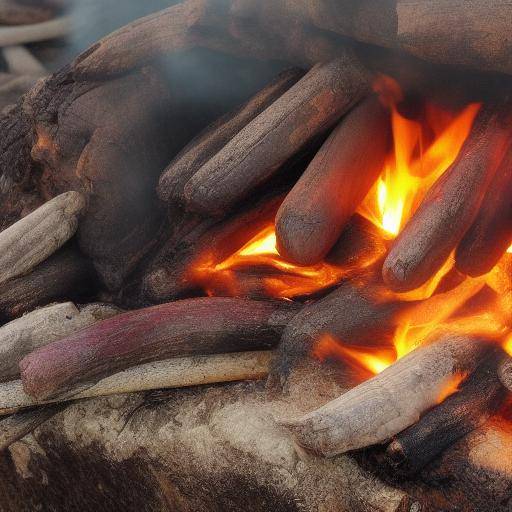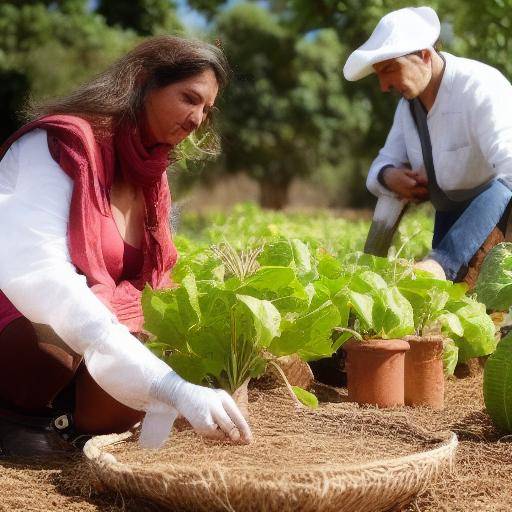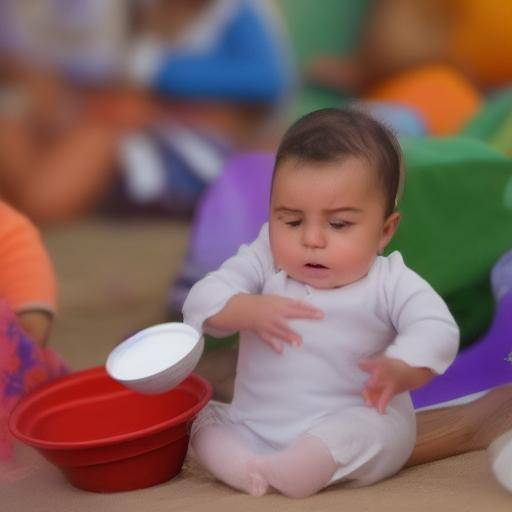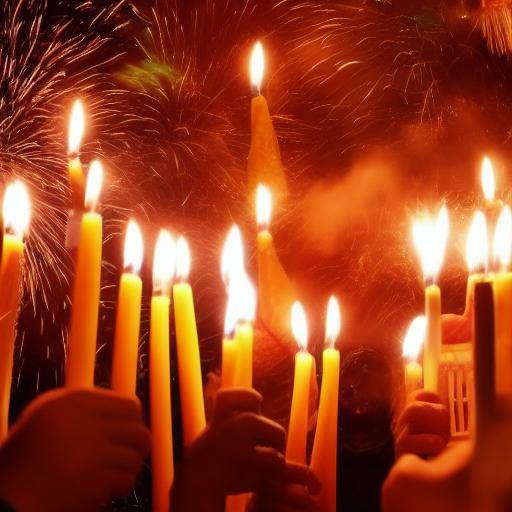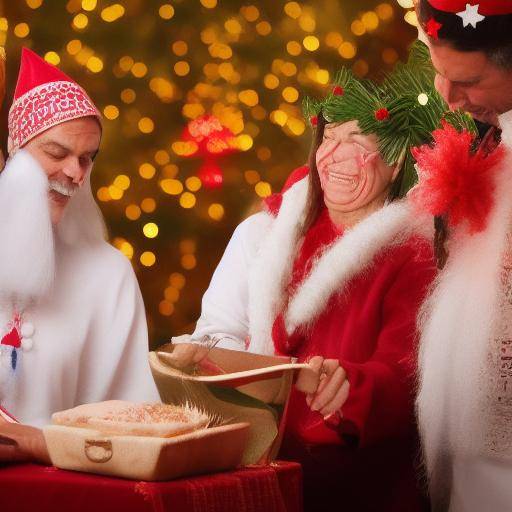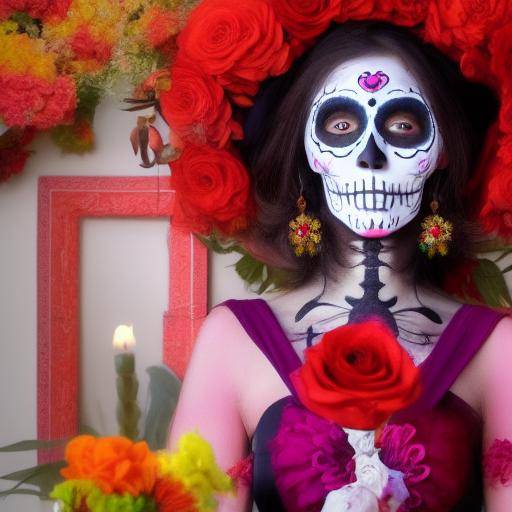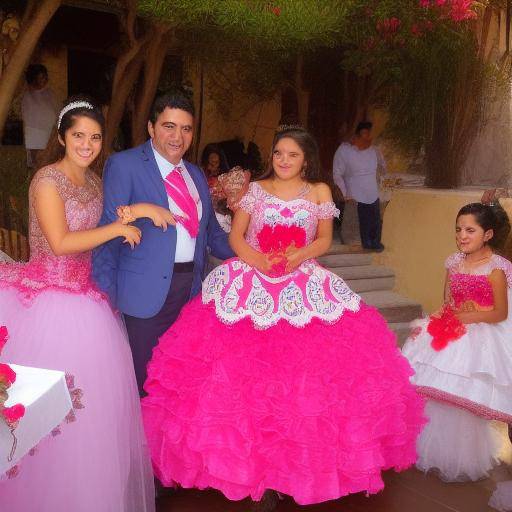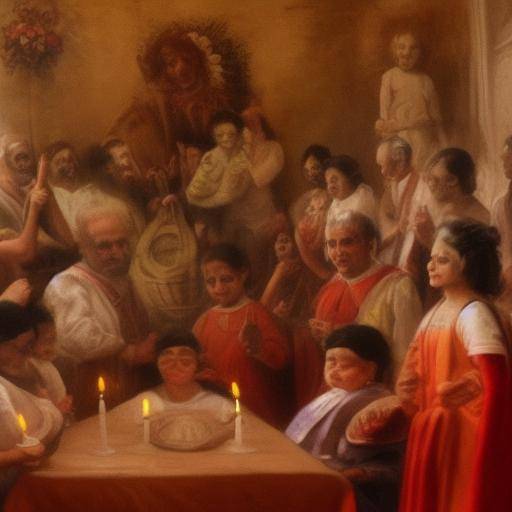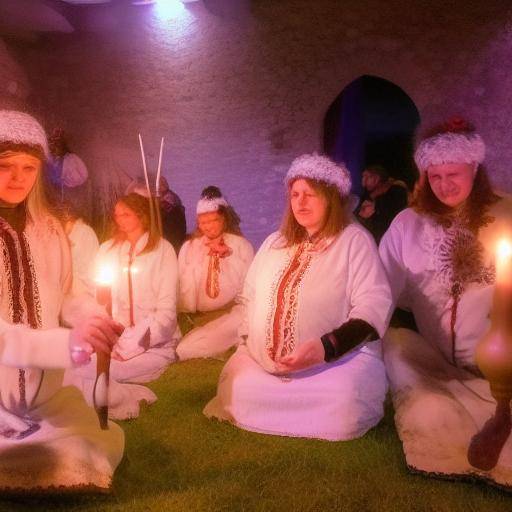
The Imbolc Festival, known for its purification and fertility rituals, is an ancient celebration that marks the awakening of nature after winter. In this article, we will explore in detail the history, rituals, and the importance of this holiday, as well as its relevance today. From its Celtic origins to contemporary practices, we will discover how Imbolc remains a significant celebration for many people in the modern world.
Introduction
The Imbolc Festival, also known as the Brigid Festival, is a festival that marks the end of winter and the beginning of spring, held on February 1 in the northern hemisphere. This ancestral event is characterized by rituals of purification and fertility that honor the awakening of the earth and the renewal of life. In this article, we will explore the history and rituals associated with Imbolc, as well as its relevance today. We will discover how this celebration remains important for many people, both from a spiritual and cultural perspective.
Keep reading to immerse yourself in the fascinating world of the Imbolc Festival, the fertility rituals and the celebration around it!
History and Origins of Imbolc
Imbolc has roots in the ancient Celtic tradition, where it was celebrated as the festival of the goddess Brigid, related to fire, healing and fertility. This holiday is also linked to the emotional and spiritual transition from winter to spring.
During Imbolc, Celtic communities lit fires to welcome the rising sun and honor Brigid. The maids carried torches in procession, symbolizing the light accompanying the rebirth of the earth. Milk and dairy foods were offered in honor of the goddess' fertility.
With the Christianization of these lands, the feast of Imbolc was combined with the celebration of the Candelaria, which commemorates the presentation of Jesus in the temple and the purification of the Virgin Mary. This fusion of pagan and Christian celebrations contributed to the preservation of many traditions associated with Imbolc.
Purification and Fertility rituals
The rituals associated with Imbolc focus on purification and fertility, representing the renewal and growth that accompany seasonal change. The cleaning of homes and fields, as well as the blessing of seeds and animals, are common practices during this holiday. These actions are believed to prepare the way for the coming of spring and future prosperity.
In addition, Imbolc is a time to set goals and frame personal aspirations. Renewal and creativity rituals are performed, as it is considered an enabling period to sow seeds of new projects and dreams. People participate in ceremonies that symbolize the awakening of their own internal energies and the rebirth of their purposes.
Celebration and Actual Meaning
Today, Imbolc is celebrated in various ways by various communities. Many practitioners of pagan spirituality, wiccanos and followers of Celtic traditions keep this festival alive, adapting their rituals to contemporary realities. It has also experienced a resurgence in recent years, as more people seek to reconnect with nature and follow ancestral traditions.
In many rural areas, especially in Ireland and Scotland, public festivals are organized, including processions, dances, music and theatre, honoring the rich heritage of Imbolc. These events attract people from around the world interested in experiencing the mystical traditions and atmosphere surrounding this celebration.
Conclusions
The Imbolc Festival, with its purification and fertility rituals, remains a significant celebration for those seeking to connect with nature and honor the seasonal transition. Through its ancient practices and its contemporary adaptation, Imbolc offers people an opportunity to reflect on the cycle of life, renew their goals and celebrate the awakening of nature.
The traditions associated with Imbolc, the fertility rituals and the celebration around it continue to inspire people around the world, offering them a deep connection with the earth and an opportunity to renew their spirits. This timeless holiday reminds us of the importance of renewal and growth, as well as the eternal connection between humanity and nature.
We hope that this article has given you an enriching and insightful vision of the Imbolc Festival, its purification rituals, and its present significance. May this ancestral celebration continue to inspire future generations to honor the earth and celebrate the cycle of life!
Frequently asked questions
What is the exact date of the Imbolc celebration?
Imbolc is held on February 1 in the northern hemisphere, marking the end of winter and the beginning of spring.
Why is Imbolc associated with purification rituals?
Imbolc is associated with purification rituals because it marks the transition period between winter and spring, symbolizing cleansing and preparation for the renewal of nature.
What is the importance of Brigid in celebrating Imbolc?
Brigid is a central figure in the festival of Imbolc. It is considered a goddess of fertility, fire and healing, and its veneration is an integral part of the rituals of this festival.
How do fertility rituals take place in Imbolc?
Fertility rituals in Imbolc may include the blessing of seeds, the realization of desires for personal growth and the connection with the creative energy of rebirth.
What kind of festivities are held during Imbolc today?
Today, Imbolc festivities may include processions, bonfires, dances, music, theatre and other activities that honor the arrival of spring and the renewal of nature.
What is the connection between Imbolc and the presentation of Jesus in the temple?
The connection between Imbolc and the presentation of Jesus in the temple is derived from the history of the mixture of Celtic pagan traditions with Christian festivities, which led to the combined celebration of Imbolc and the Candelaria.
We hope that these answers have clarified your doubts about the Imbolc Festival, its purification and fertility rituals, and the celebration that accompanies it. If you have more questions, do not hesitate to explore more about this fascinating holiday.

